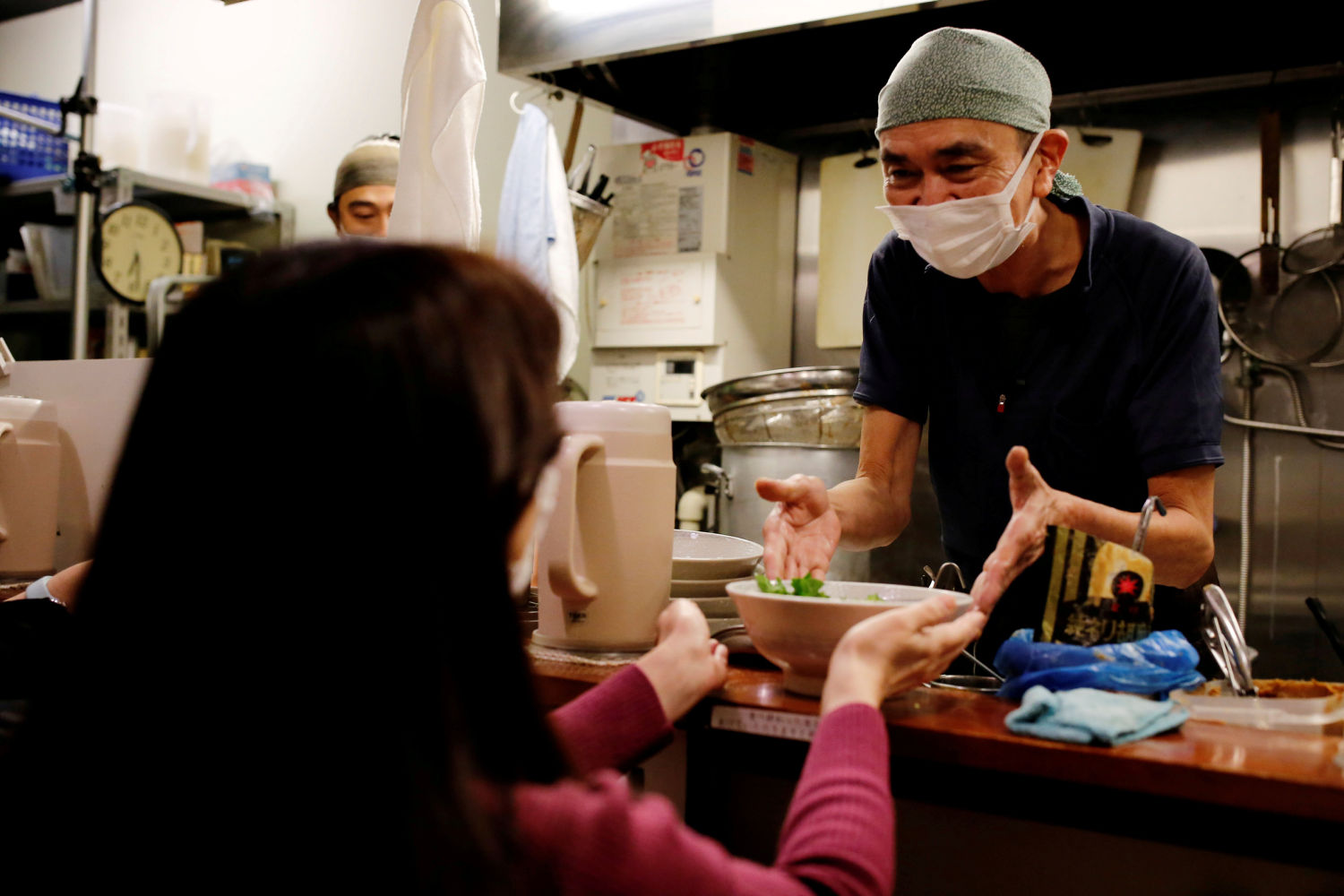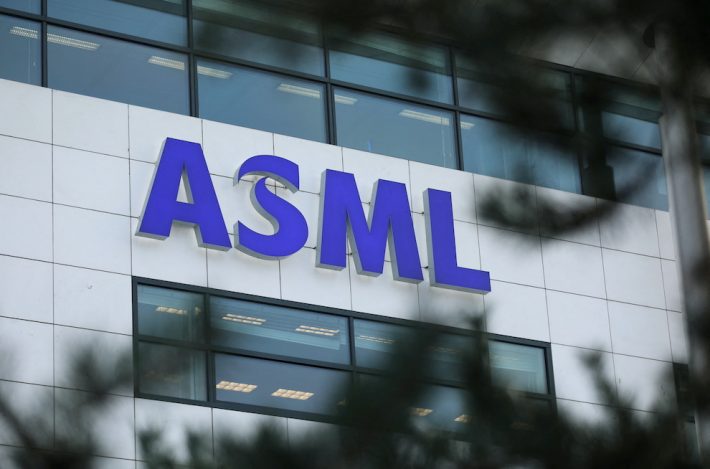(ATF) Japan’s factory output expanded for the first time in 22 months in February, new data showed, as strong export demand helped manufacturers shake off effects of the lingering Covid-19 pandemic.
The au Jibun Bank Flash Japan Manufacturing Purchasing Managers’ Index (PMI) improved to 50.6 from 49.8 in January – the first time since April 2019 that the headline index rose above the 50.0 threshold that separates contraction from expansion.
“The rebound in the composite PMI in February supports our view that the economy is coping with the second state of emergency better than most had anticipated,” said Marcel Thieliant, senior Japan economist at Capital Economics. “We reiterate our view that GDP will be broadly flat in the first quarter.”
The February reading was also the highest since December 2018. “Businesses were optimistic that business conditions would improve in the coming 12 months,” Usamah Bhatti, an economist at IHS Markit, which compiles the survey, said. “Nonetheless, disruption caused by the pandemic is likely to remain in the immediate future.”
Japan’s service sector was more pessimistic, with businesses struggling to overcome emergency measures taken to contain the public health crisis.
“The situation in the services sector is less rosy,” said Theliant. “Business activity declined from 46.1 to a six-month low of 45.8. However, that’s a far cry from the 21.5 reached during the first state of emergency.”
However, the recovery in the Japanese economy in the third and fourth quarters of 2020 was comparable to that of Europe and the US, according to a Deutsche Bank analysis. “That said, this stemmed largely from public and overseas demand [while] consumption and capital expenditure remain well below pre-pandemic levels,” Kentaro Koyama, a macro economist for DB, said.
CORE CPI FALLS AGAIN
In a related development, Japan’s core consumer price index (CPI) fell 0.6% in January from a year earlier – the sixth straight month of annual declines – as the coronavirus pandemic keeps the economy under deflationary pressure, government data showed.
The data shows the price trend remains weak, underscoring a difficult challenge for the Bank of Japan to attain its 2% inflation target. The central bank is likely to keep monetary settings ultra-loose for a long period to help the economy emerge from the pandemic’s damage.
The drop in the core CPI, which includes fuel but excludes volatile fresh food prices, compared with a median market forecast for a 0.7% fall and followed a 1% decline in December. The so-called “core-core” CPI, which strips away the impact of both energy and fresh food costs, rose 0.1% from a year earlier, government data showed.
Energy prices dropped 8.6% in January from a year ago, with kerosene prices slumping 14.4% and petrol falling 9.5%. Hotel charges fell 2.1% due to the suspension of the government’s Go To Travel domestic tourism campaign after another surge of coronavirus infections.
“Assuming the programme resumes after the two-month-long state of emergency is lifted on March 7, the downward impact on the CPI will remain subdued through the first quarter, then increase again from the second quarter,” said Kazuma Maeda, an economist at Barclays.
Recently lowered mobile-phone fees were also a factor affecting CPI. “This will reduce core CPI inflation by 0.2 percentage points, but we anticipate positive core inflation in the latter half of the year with the end of the Go To Travel campaign and the rise in raw material prices as the global economy gets back on track,” said Koyama at DB.
























